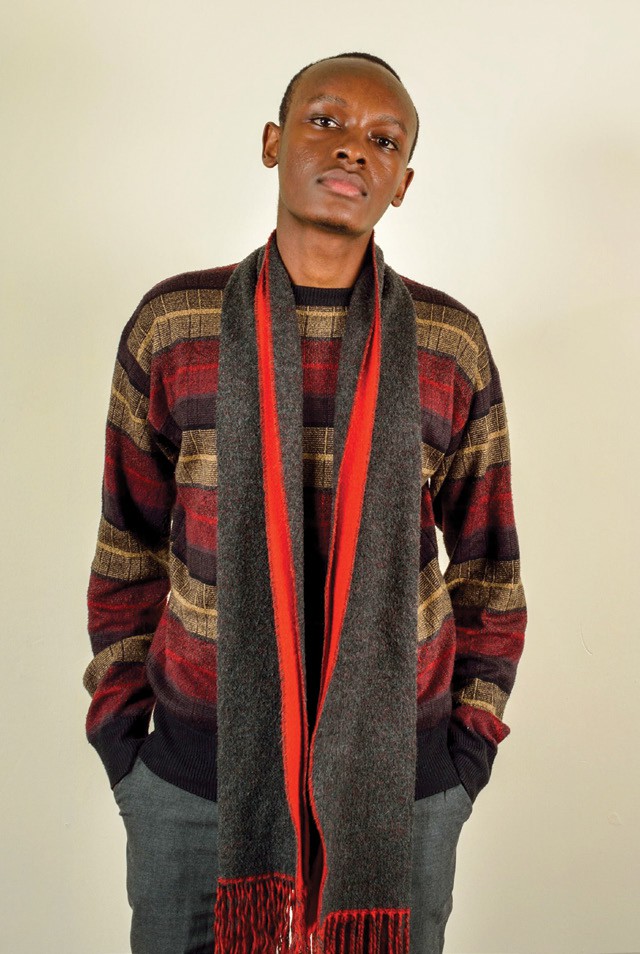ART GALLERY
The Rise of Digital ART AND A CONVERSATION
How digital art changed the art world and the life of Kenyan Digital Artist Ngima Togo.
words: Holly Mthethwa and Mwai Yeboah

Ngima Togo
photos:
Ngima Togo
It It can be argued that nothing has increased access to art like digital art has. Artists no longer have to enter an art shop for supplies and can now gain access to creative tools on their smartphones. It requires less setup and materials, which means fewer barriers to entry for new and emerging artists. Digital art is easier to publish and share, shrinking the proximity between the artist and the audience. Anyone with internet access can interact with it as we do with traditional art: using our intellect, emotions, and senses.
Digital art is defined as anything that an artist has created using the aid of technology. While the digital art movement started in the 1960s, it’s only recently gained serious traction and attention.1 With the explosion of digital art software like Adobe Photoshop, Affinity Photo, Procreate, and Rebelle 4, to name a few, artists can create illustrations that mimic real-life paintings and drawings. Many of the same skill sets that are applied to watercolour, acrylic, or oil painting are often used similarly in the digital format.
As more artists create digital art, more collectors turn to the online marketplace. According to the stock market Nasdaq’s The State of Digital Art Collecting: 7 key takeaways, an equal number of art collectors are discovering new artists through online galleries or marketplaces as they are through physical art galleries. 2Global online art sales shot up to nearly US$13.6 billion in 2021, rising from roughly US$7.9 billion in 2020. 3